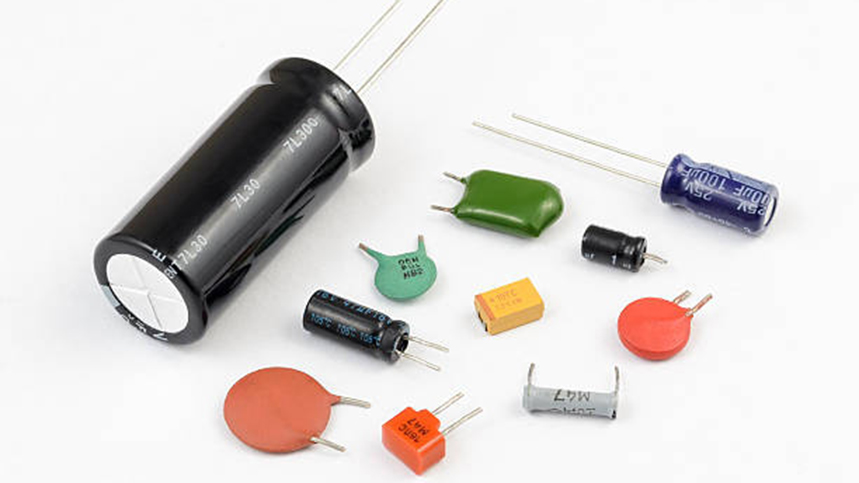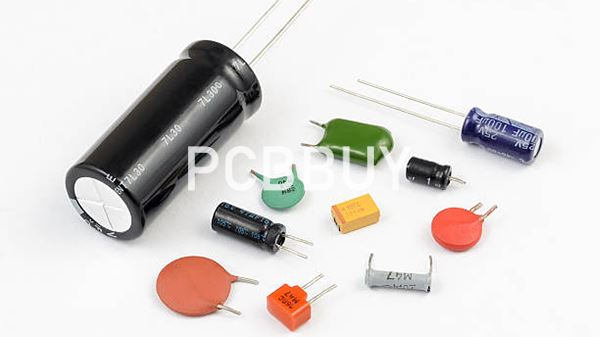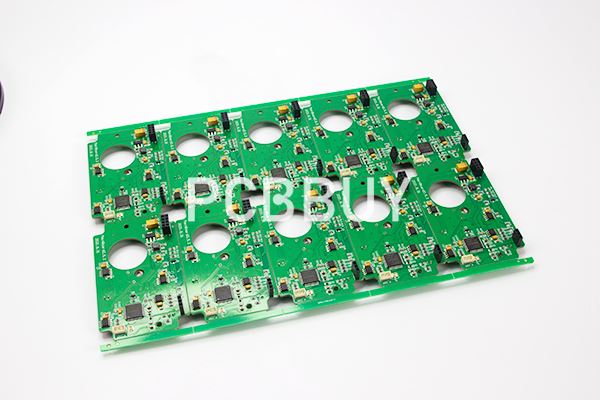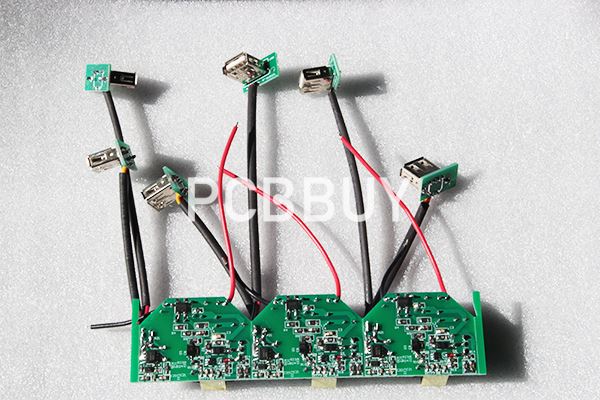What Are Types of Electronic Component in PCB Manufacturing?
By:PCBBUY 04/15/2022 10:02

Some common problems in the life cycle management process arise due to a lack of sourcing information throughout the design process, lack of access to component model updates and obsolescence information, and a scattered documentation repository. Problems that fall into these three categories can seriously hamper the design process for circuit boards, as well as planning for manufacturing and sourcing. Keeping documentation in a consistent format with a consistent file structure allows design teams to easily track product updates and new capabilities as products are continuously innovated and modernized.
PCBs comprise of numerous components including through-hole components and surface mount devices (SMD). Defects may arise due to several reasons during manufacturing, assembly, and shipping. There should be a focus on continuous improvement in the areas that are prone to failures.
If you are going to learn more about causes of electronic component faults in PCB, please check and read the content for more information.

What are the common components in PCB?
Resistors – Control Energy
Resistors are the foundations of current control—which is why they’re so often used in PCBs. These two-ended electrical pieces are fairly simple to understand and integrate into different projects. Resistance is often defined as the “ease” with which objects allow electricity to flow through them. Think of the difference between insulators and conductors; the former obviously possesses higher resistance than the latter.

Resistors, on the other hand, allow users to precisely define an object’s level of resistance. They are designed to resist the flow of an electric current by converting the electrical energy into heat—heat that is then dissipated. Resistors can be made of a wide range of materials and come in many different styles. The most common (and highly recommended for beginners) would be resistors made of carbon film in the axial style. Axial style resistors have leads on both ends of the rod. Their body is marked with different colored rings that represent the resistor’s resistance value.
Capacitors – Store Energy
Outnumbered only by resistors, capacitors are electronic components you’ll definitely find on every PCB board. Whereas resistors control an electric charge, capacitors temporarily store it. Think of them as tiny batteries with even tinier storage space. They are capable of losing and gaining full charge in a split second. Because of this, capacitors are commonly used for “filtering:” a process where a backup source of energy takes over when the main source of power drops in order to not lose or reset data.
In PCBs, capacitors electrostatically store energy to later release it to wherever power is needed in the circuit. It works by collecting opposing charges (positive and negative) on two conductive plates (typically metal) with some form of insulating material between them.
There are different types of capacitors, often categorized by the conductive material of the plates or the insulating material that separates them. Most beginners and casual hobbyists use polyester capacitors, ceramic capacitors, or radial capacitors. You’ll notice that some capacitors resemble resistors. The most telling difference is that resistors have leads on opposite ends. Capacitors have two leads protruding from the same side.
Transformers – Transfer Energy
General transformers transfer power from one source to another through a process called “induction.” PCB transformers function the same way. They transfer electrical energy from different circuits—and convert them—by increasing or decreasing the voltage. As with resistors, they technically regulate current. The biggest difference is that they provide more electrical isolation than controlled resistance by “transforming” the voltage.

What are electronic components used for?
Microcomputers are small computers used to control a multitude of devices, such as power tools, remote controls, medical equipment and office machines. Batteries convert chemical energy to electrical energy. The two different cells of a battery are anode (+) and cathode (-).
Fuses help preserve components from overloading with excessive current. A fuse consists of connection body, support, contacts and metal-fuse material such as Zinc or copper. As a protective device, a circuit breaker can be controlled with a remote switch. It is designed to protect the circuit from overloading or a short circuit.
Switches interrupt current. The four types of switches are: single pole single throw (SPST), single pole double throw (SPDT), double pole single throw (DPST) and double pole double throw (DPDT).
Relays are electromechanical switches that shut power on or off. A relay includes an electromagnet, an armature, a series of electrical contacts, and a spring.
Motors convert electrical energy into mechanical energy. Key components include a rotor, stator, bearings, conduit box, enclosure, and eye bolt. From watches, to home entertainment equipment, to vehicles; motors can power a wide array of devices.
Industry Category











